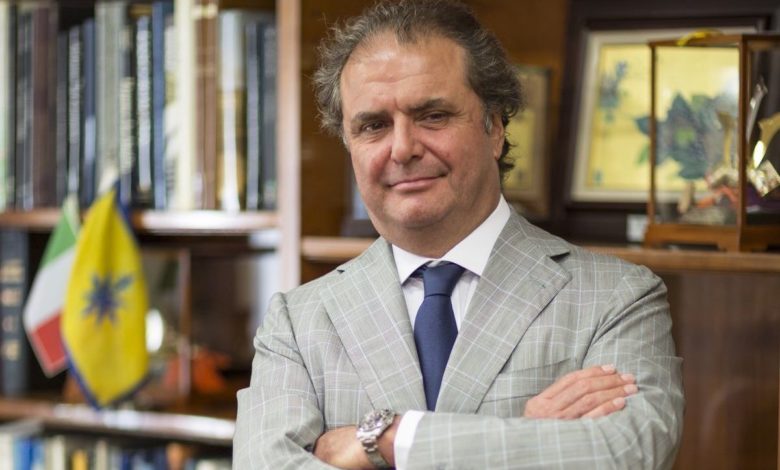D’Amico International Shipping: Three reasons why product tankers are at a turning point

A reduced orderbook for new tankers, an increasing tonne/mile ratio and sea transport demand from refined products constantly soaring: these are the three reasons why Paolo d’Amico, executive chairman of d’Amico International Shipping, is confident about an upcoming upturn in the liquid bulk shipping market.
The Luxemburg-based company has just launched a €35m ($37.5m) recapitalisation plan needed in consequence of a huge investment plan (worth $750m) made for 22 new ships which is coming to an end. Six 75,000 dwt LR1 tankers are still to be delivered in 2017 and 2018.
“The increase of the company’s share capital is something we consider useful and correct at this moment. We strongly believe in this operation as demonstrated by the fact that we decided to give an irrevocable and unconditional undertaking and commitment to exercise all the preferential subscription rights,” emphasises the seasoned Italian shipowner.
He also points out: “The offering has been structured to reward shareholders with a medium to long-term investment horizon, with the long maturity of the warrants, providing to the investors the possibility of benefiting from an expected recovery in the highly cyclical product tankers market.” His favourable market outlook is based on an expected slowdown in the deliveries of newbuildings, coupled with strong historical and forecasted growth rates in demand for the seaborne transportation of refined products, also driven by an increase in the averages distances travelled by product tankers.
The Italian owner, at the helm of the d’Amico Società di Navigazione group together with his cousin Cesare, recently decided to upgrade the size of the vessels to be operated entering the LR1 ship market.
“It is important,” he says, “to strengthen our presence in the LR1 market, which I am sure will prove to be a very rewarding segment within our industry, thanks on the one hand to a very low orderbook and on the other hand to the expansion of the tonne/mile demand, following the concentration of the world refining capacity in the US and in the Middle and Far East, away from some of the main consuming regions of the world. In this context, I believe this new size of ships, with their larger cargo capacity, will be in great demand in the years to come, thanks to their ability to carry larger quantities on the same distances thus generating economies of scale”.
It might be too early to speak openly about a liquid bulk recovery but d’Amico thinks that the market is at a turning point thanks to the bullish sea transport demand and to the fact he perceives several good signs from his day-to-day business.
“I have seen MR daily rates soared to $18,000 from $11,000 recently in the Atlantic basin and I would like also to underline that the current orderbook for new tankers set for delivery represents just 8% of all the fleet active at sea today,” adds the Italian owner, who sees also another important key point in the near future. “New regulations, such as the one about ballast water treatment, will impact heavily on the running costs mainly for aged tankers, but 2020 will be even more crucial. The new 0.5% sulphur emission limit due to enter into force worldwide will lead to a huge bunker costs increase I presume, thus making old ships less competitive compared with the new generation of eco-ships as the ones we have been investing in for the future of our fleet. We are ready to benefit.”
